I want to walk you through a recent conversation I had with a client because I want you to feel comfortable taking this risk at your next fundraising event.
Historically, nonprofits and other organizations, at the end of their large charity galas, would make a general call for donations. This was designed to invite anyone to give who hadn’t participated in the live auction or who wasn’t a major donor. Over time this became more nuanced and morphed into the Fund-A-Need as we know it today, but it has always stayed at the end of the auction. People are comfortable with this because it has always been done this way. Nonprofits carry on, using the live auction as a warm-up to the Fund-A-Need, unaware of how much better their Fund-A-Need could do if it kicked off the evening.
For a long time, I agreed with this positioning. I thought the Fund-A-Need worked best at the end because that’s where it has always been.
But I was wrong.
Having the Fund-A-Need in its traditional spot means that your guests, most of whom are not participating in the live auction, have to sit there politely, trying not to get bored, as a small percentage of the room participates in the auction portion of the evening. If your nonprofit has a particularly lengthy live auction, let’s say thirty or forty lots, this can easily take an hour or two. Now, I’m an auctioneer and even I find listening to bid calls for that long absolutely mind-numbing. What happens if most of the room is sitting there bored out of their minds for an hour or two? Their motivation to give dies.
Does this mean you should never put your Fund-A-Need after your live auction? Of course not! Personally, I will do the Fund-A-Need after the live auction if we have five lots or less. That’s just the right number of items to allow you to get through the live auction before you lose the room.
To figure out where the Fund-A-Need should go in your program, go back and look at your old show flows. Where did the Fund-A-Need fall? What time was it slotted for? Then, look up your participation percentage, and the number of auction items.
If you have more than twelve auction items, you should consider doing your Fund-A-Need first.
If your participation percentage is under thirty percent, you should consider doing your Fund-A-Need first.
If you have done your Fund-A-Need after 10 p.m for three or more consecutive years, you should consider doing your Fund-A-Need first.
If your event is on a weeknight, in a major city, you should consider doing your Fund-A-Need first.
Now, when I say first, I don’t mean first thing after people get to their seats. I mean that you should do your Fund-A-Need before the live auction, because the live auction is usually the longest part of the evening. There are many factors that encourage your guests to give, but there are many more factors that discourage giving. Boredom and time are the two factors most likely to discourage giving, so you want to eliminate those from the equation as much as possible.
We can mitigate boredom by not forcing the room to sit through a live auction that only a handful of people will participate in.
But what do I mean by “time?”
Towards the end of your event, there will come a time when couples start to filter out because they are tired, they want to avoid traffic, or they have to get home to relieve the babysitter. It’s inevitable. It happens at nearly every event I do. At one event I did, I literally watched half the room get up at 10 p.m. and walk out the door. At another, we had a three-hour dinner and then, after dessert was served, we started the auction. It was 9:30 p.m. Who’s going to sit around for that? People who want to buy something at the auction, sure, but no one else.
Moving your Fund-A-Need to the beginning of the program helps reduce the effects of both boredom and time.
Fund-A-Need success requires participation from as many people as possible. To achieve this, I coach my clients to move the Fund-A-Need to the beginning of the event and we are getting great results.
If the idea of moving the Fund-A-Need complicates your usual program, here’s one way you could consider setting up the evening:
- Cocktail hour with a raffle or silent auction
- A speech from a board member or the event chair
- Give out an award if you have one
- Bring out the CEO for a speech
- Show a short video
- Bring out your speaker and launch into the Fund-A-Need
- Dinner
- Live auction
- Any other speeches or awards
At the end of the day, I think a more productive Fund-A-Need is worth switching up the usual fundraising event program. With an engaging charity auctioneer and a room motivated to give, your Fund-A-Need can smash past fundraising records.

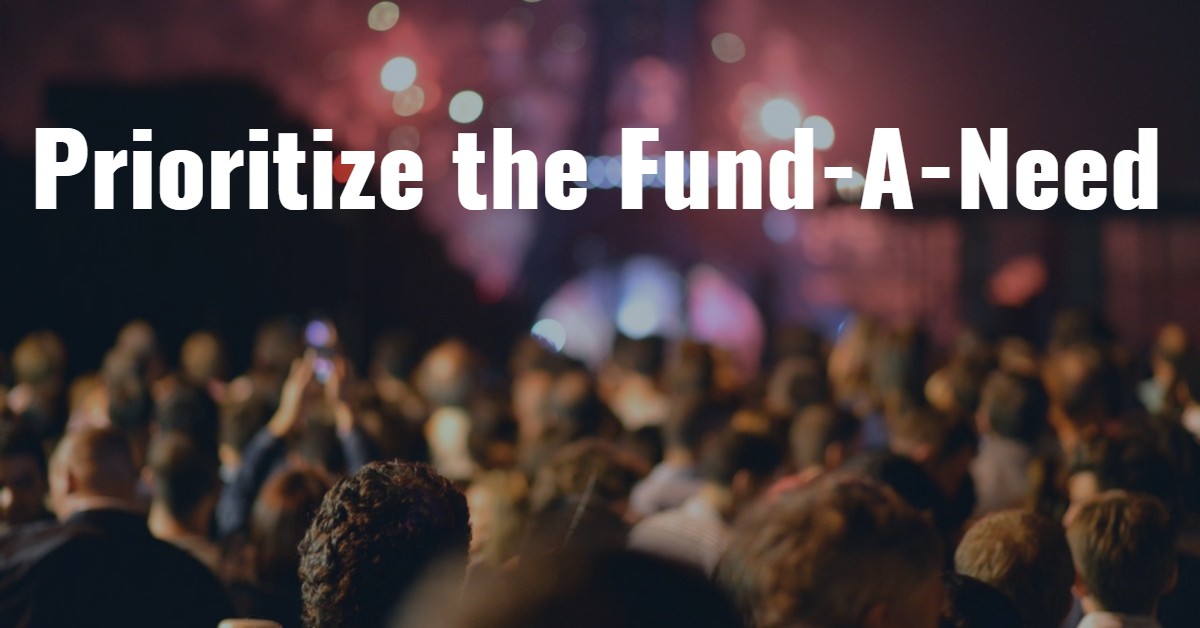

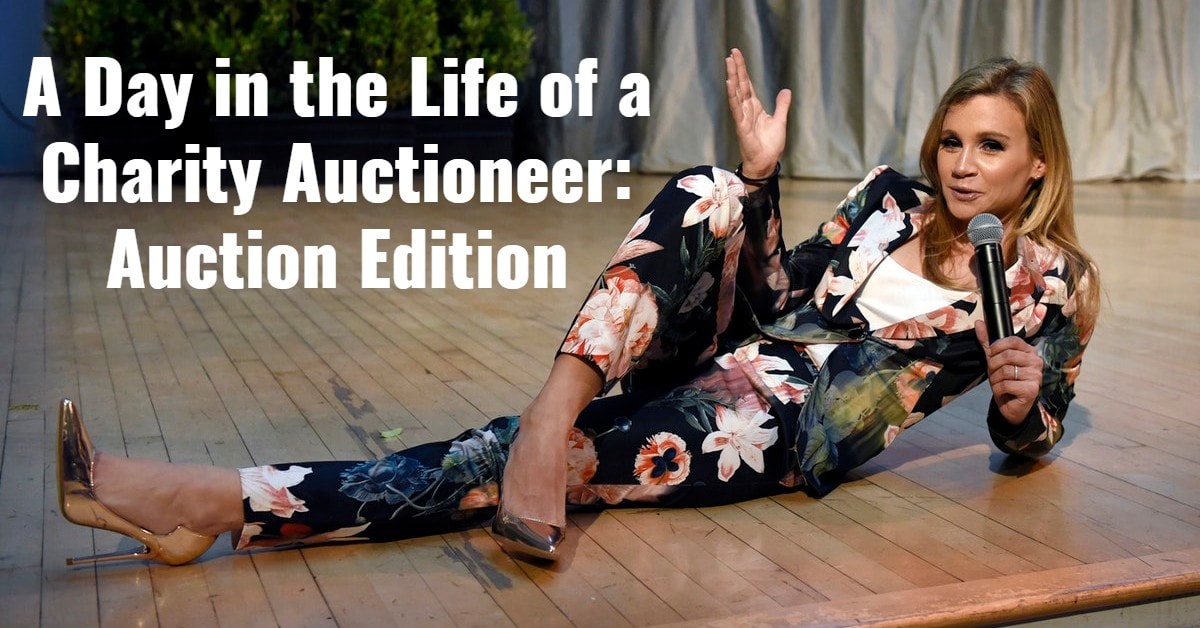
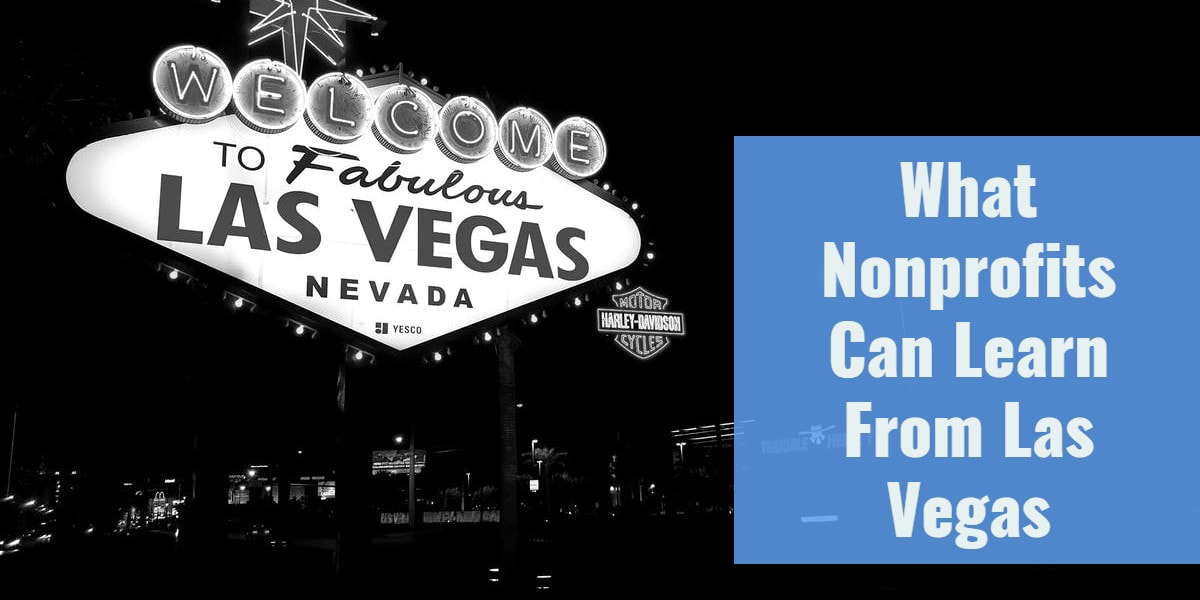
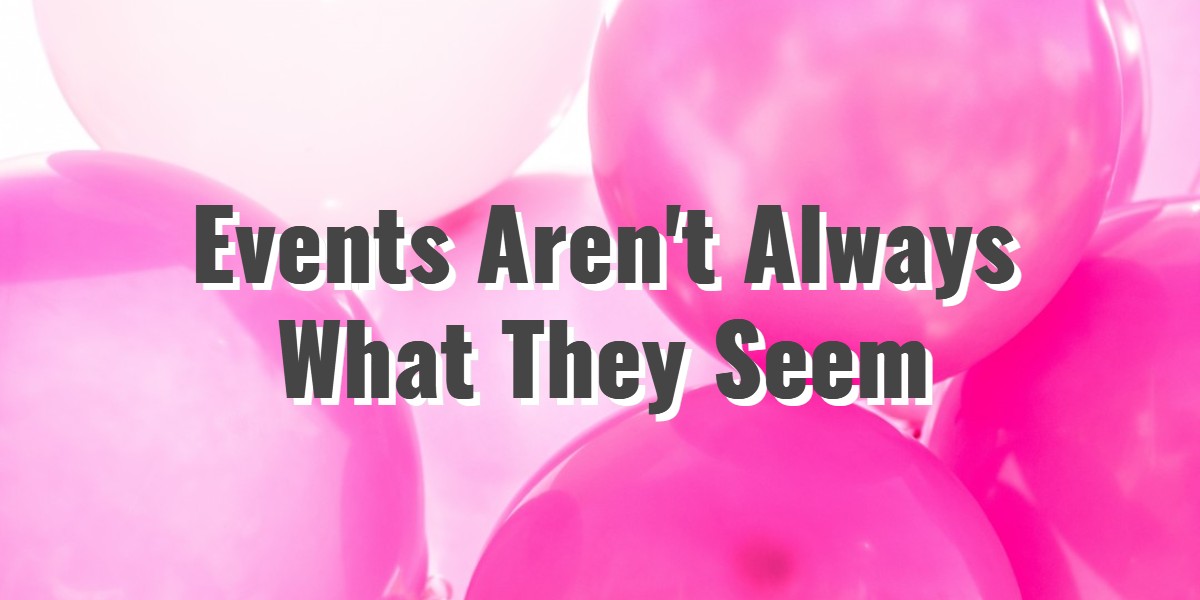
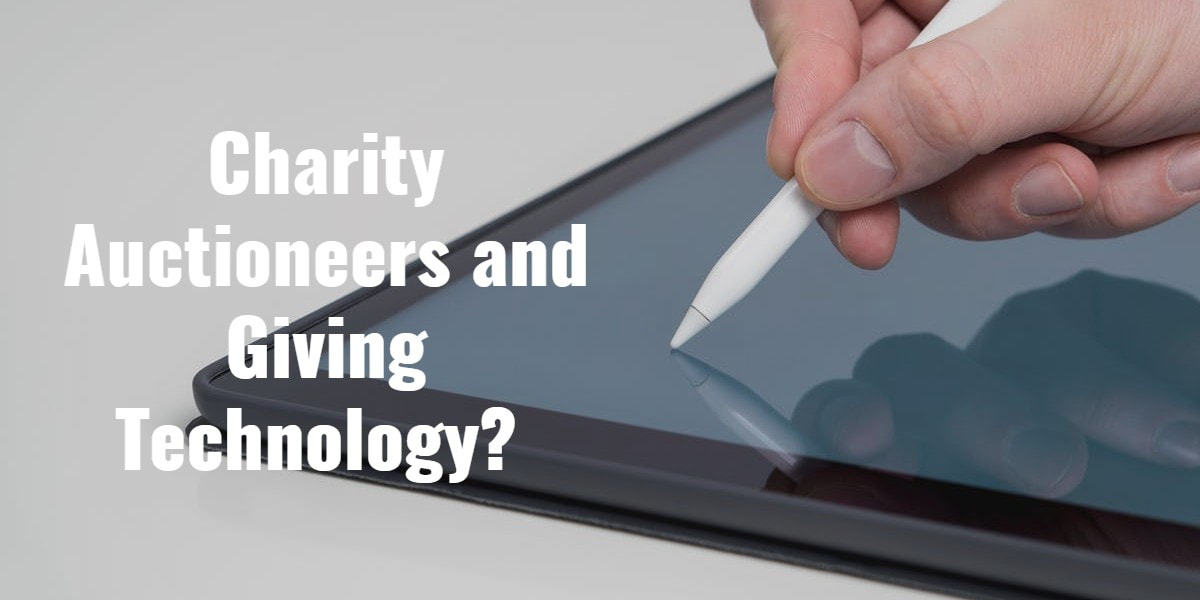
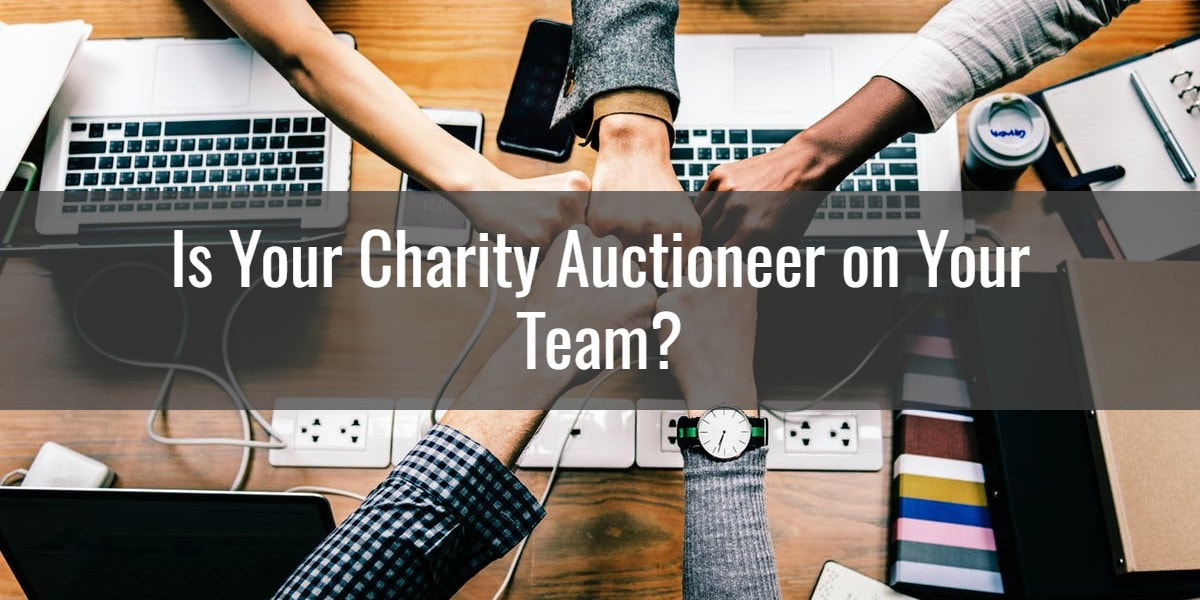


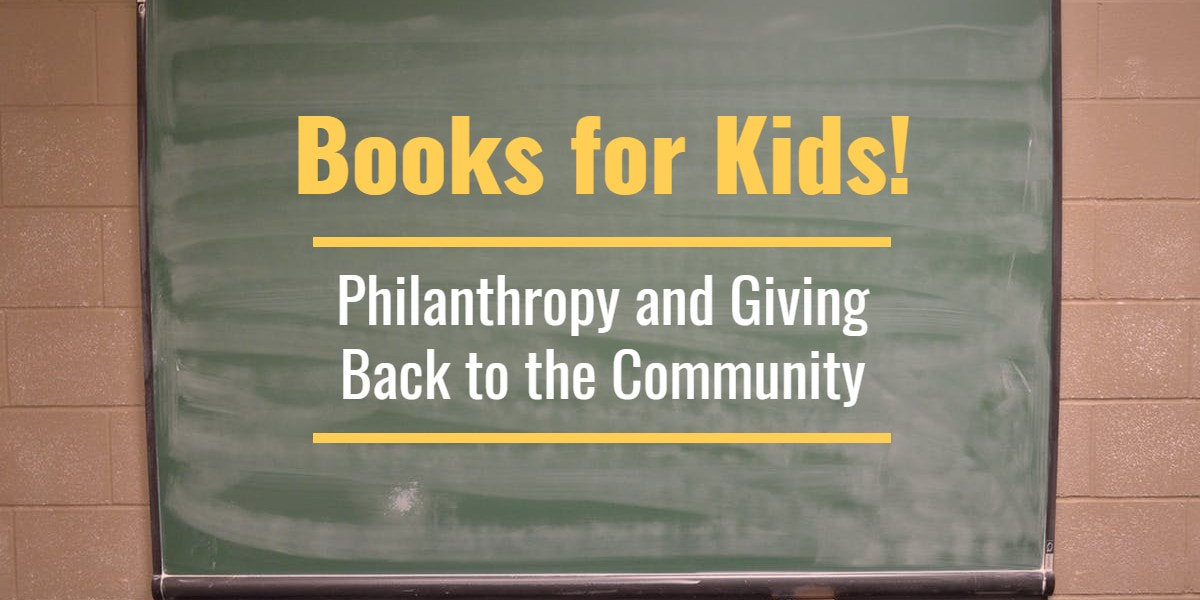
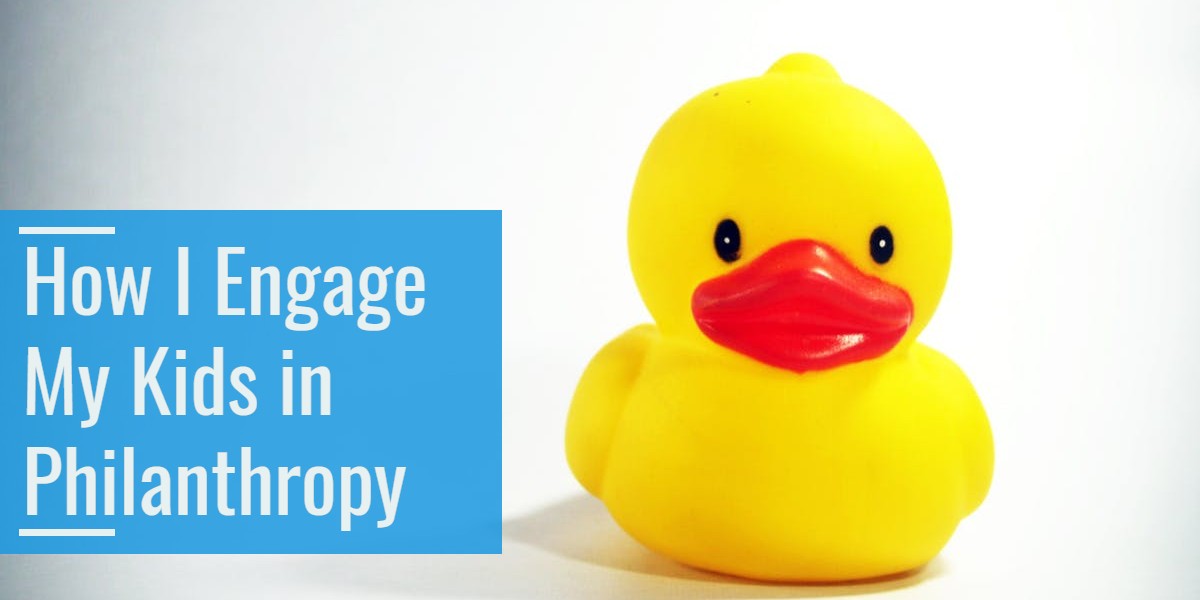
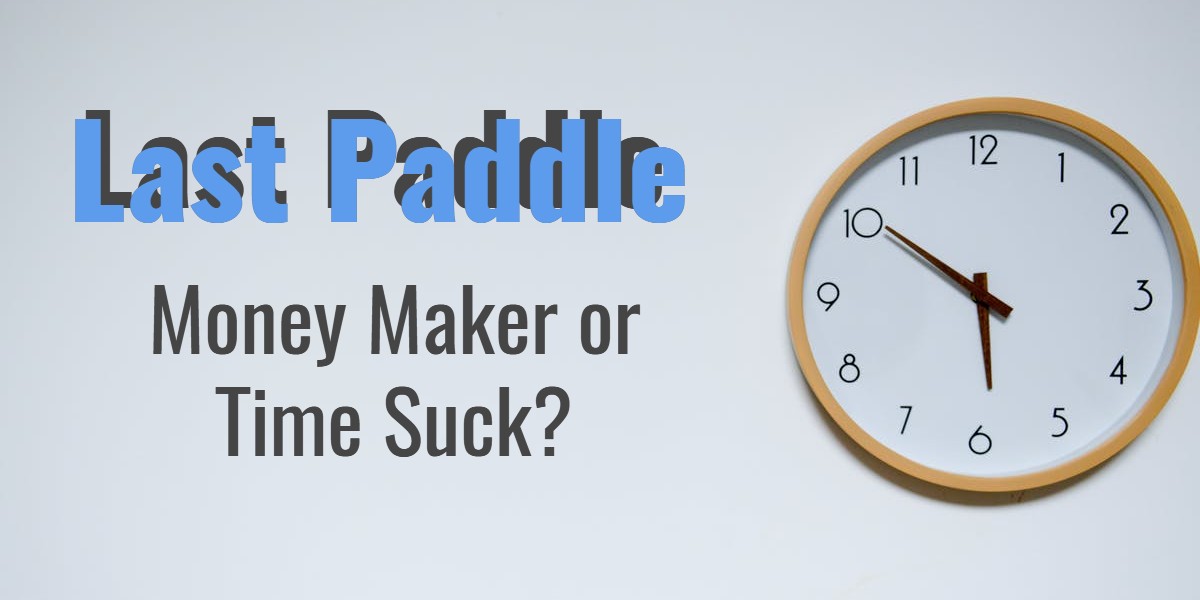
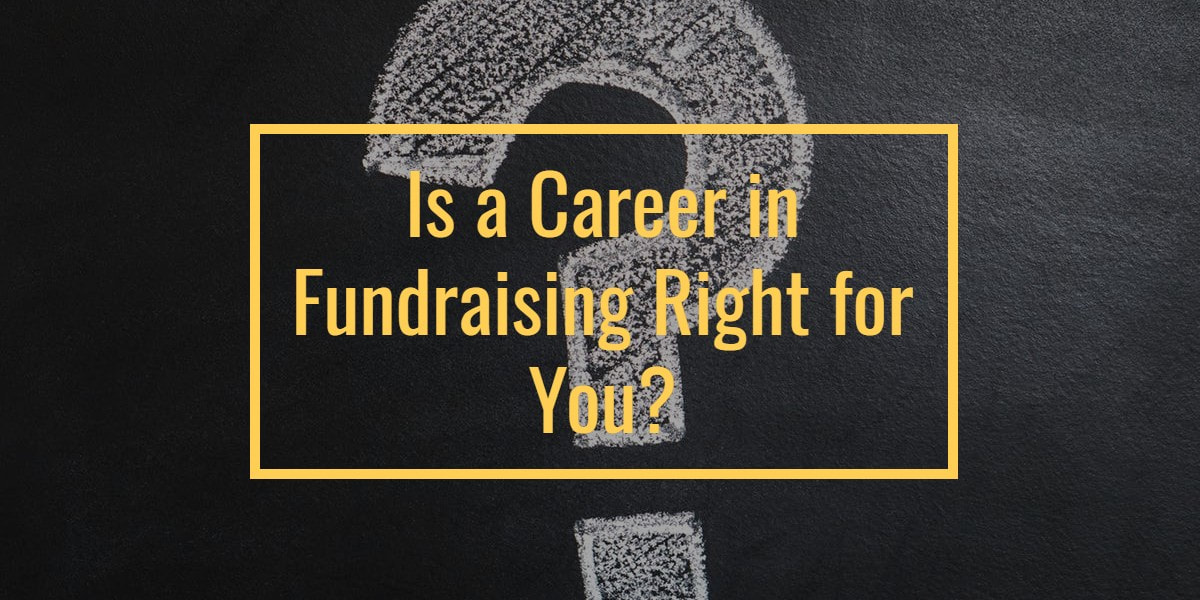
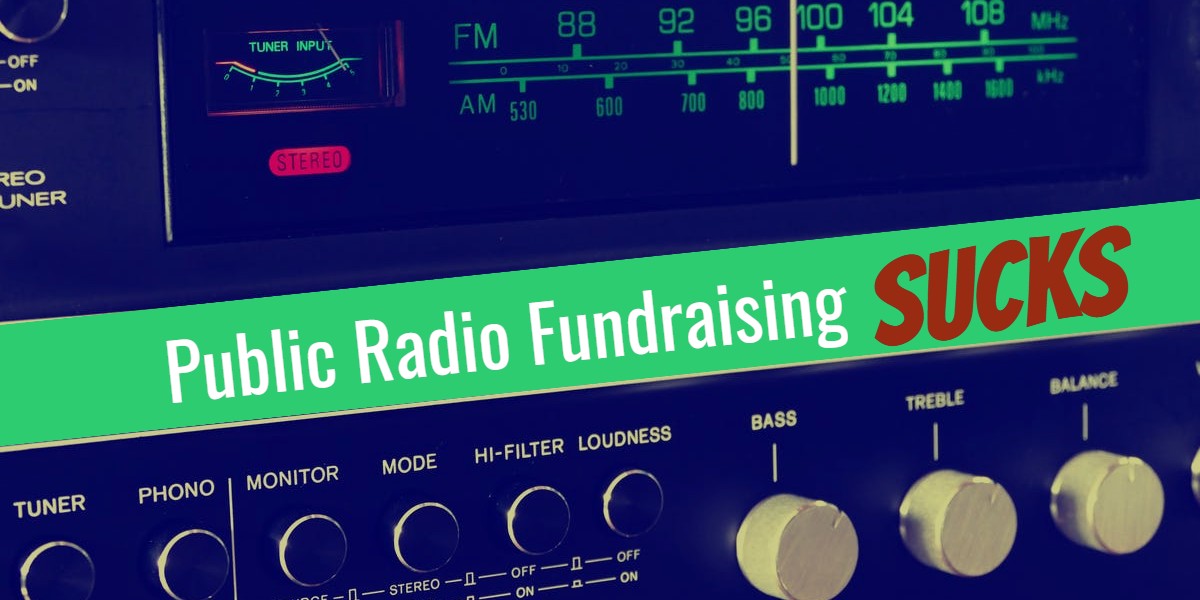
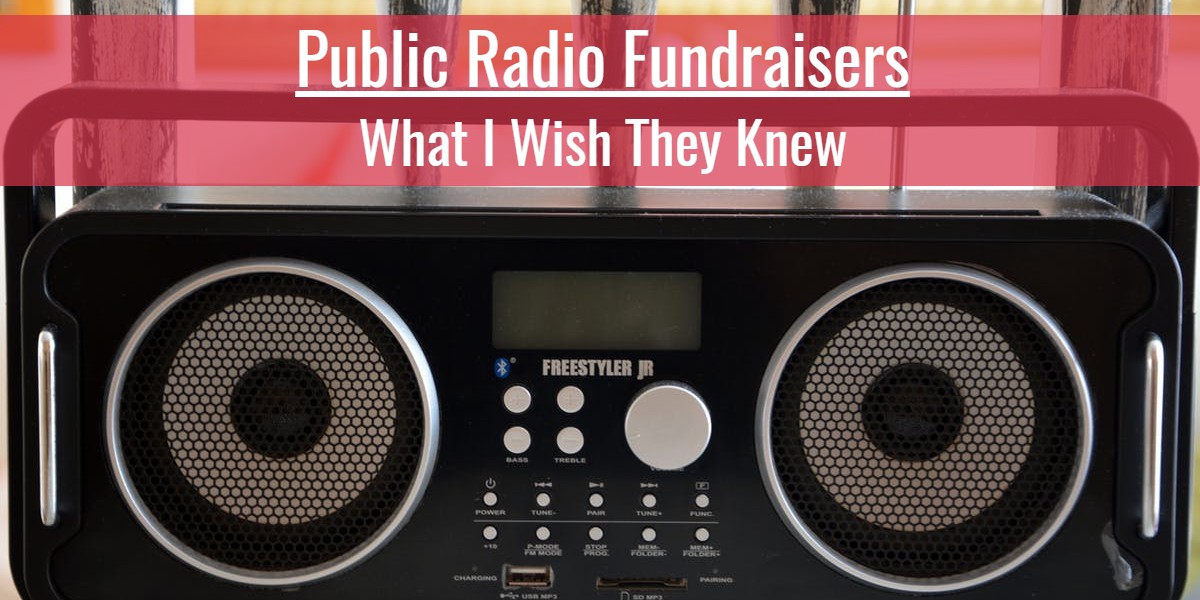
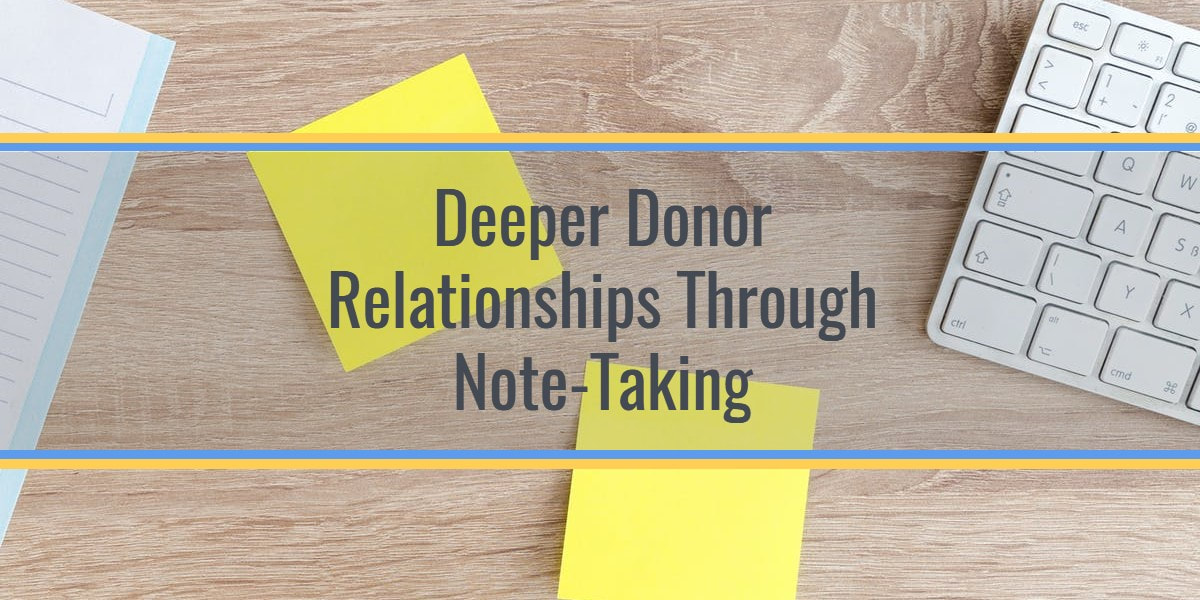
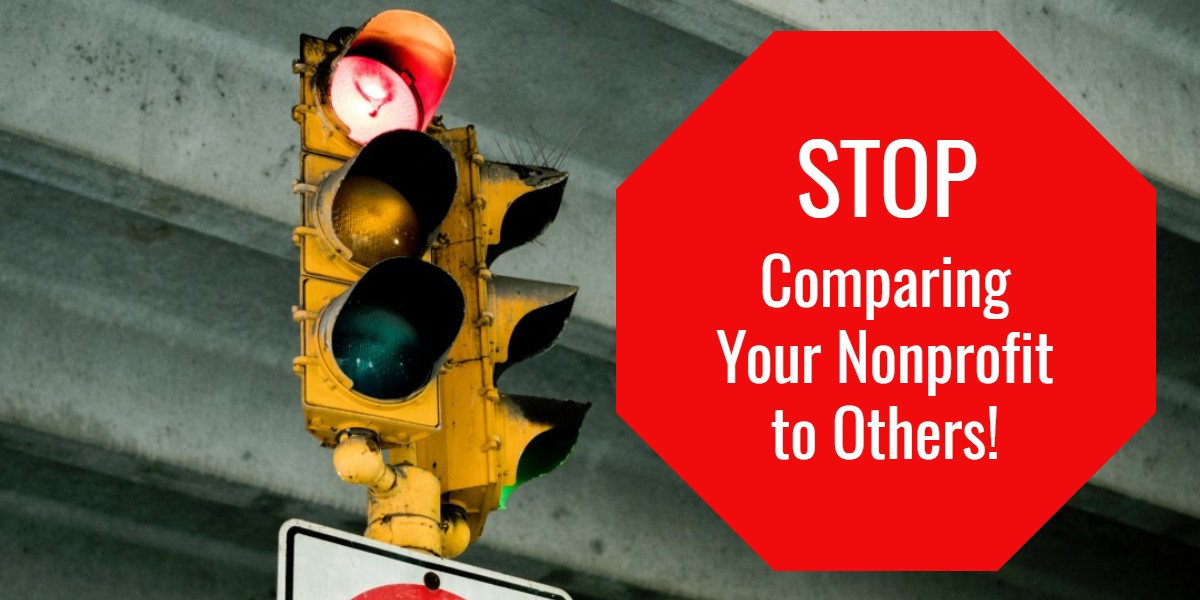
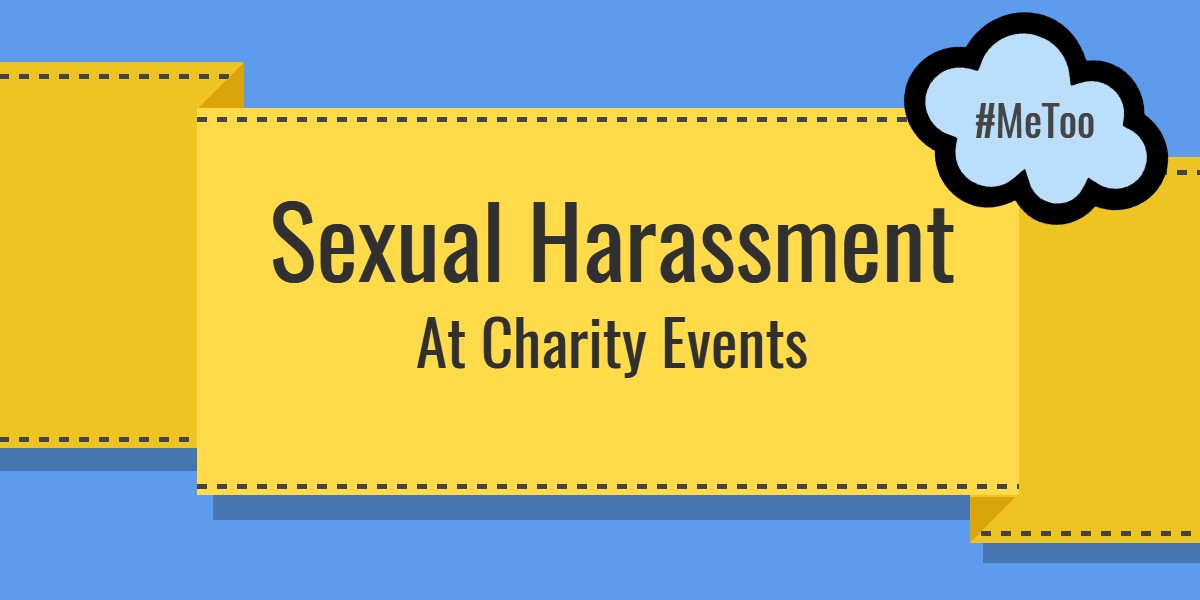
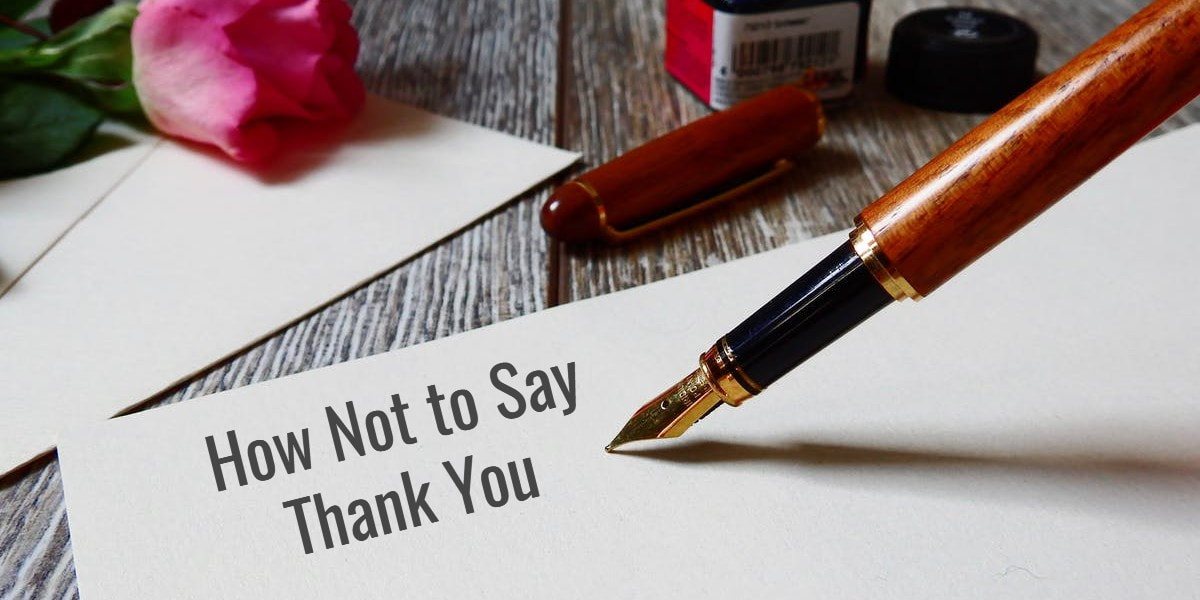
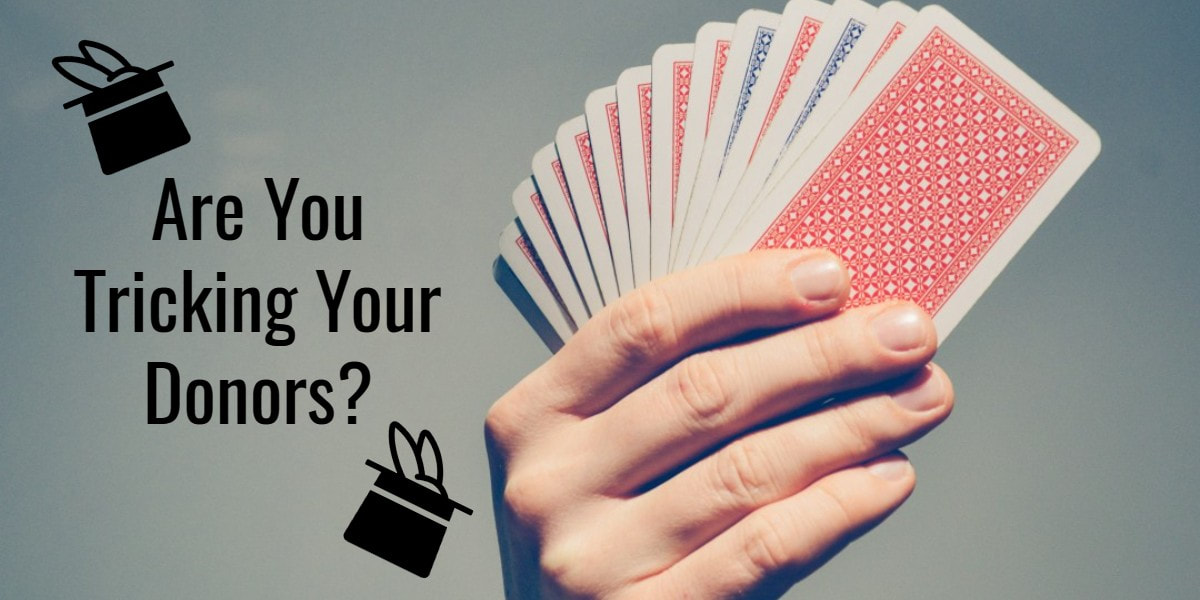

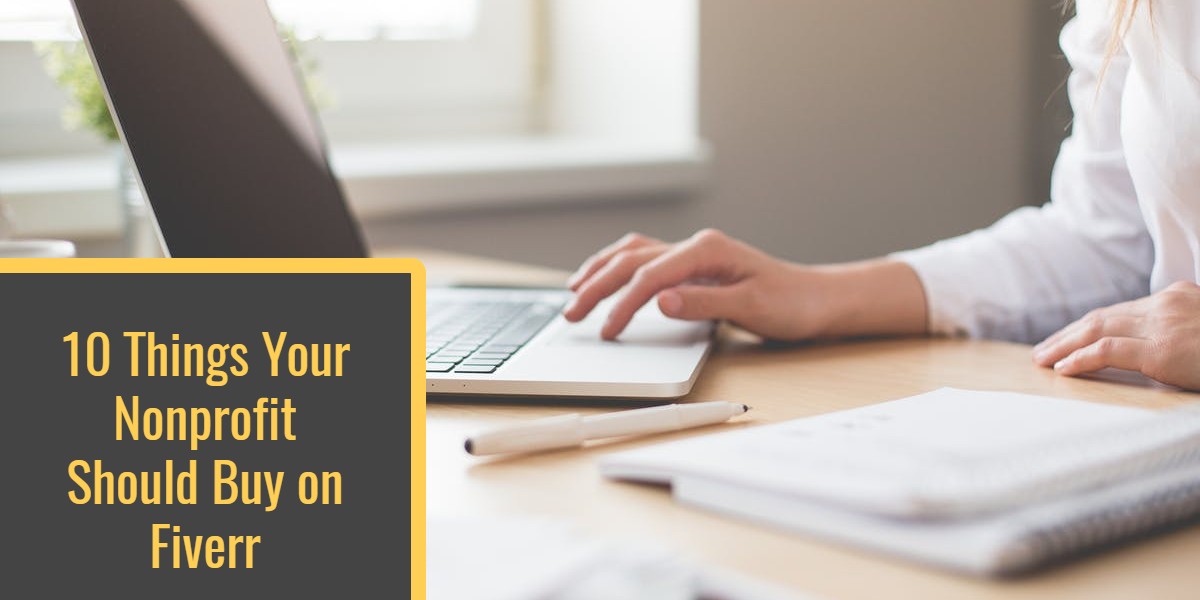

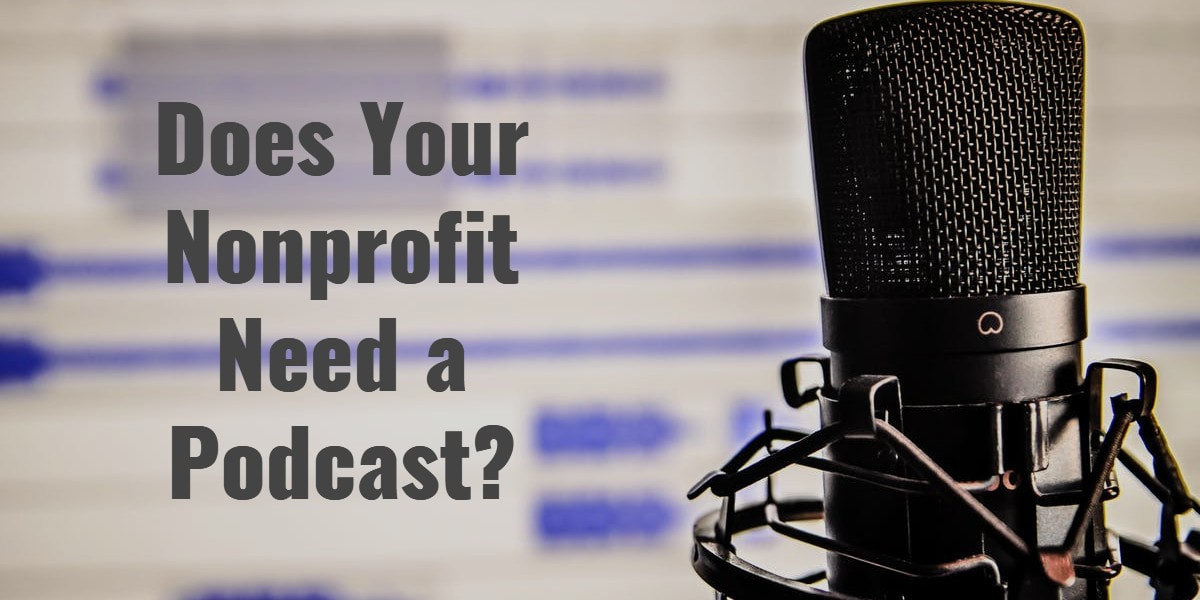
 RSS Feed
RSS Feed